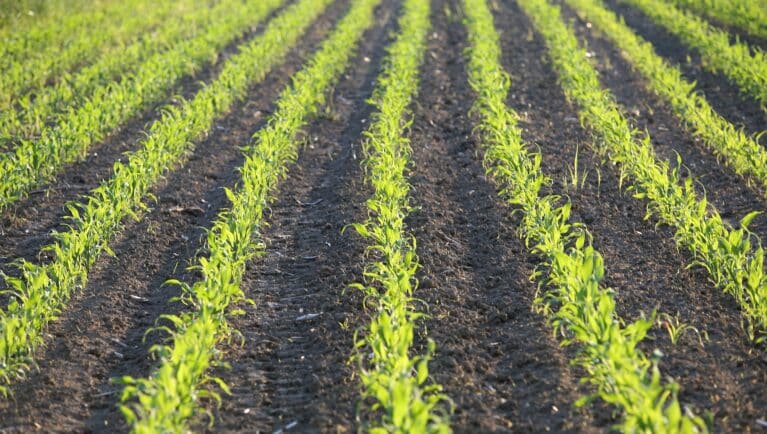
Growing up on a cotton and soybean farm in the Mississippi Delta, Davie Wilson was uniquely positioned to witness the transformative impact of agricultural biotechnologies.
“As a kid, I experienced farming before biotechnology became mainstream,” Wilson recalls. “We didn’t have RoundUp Ready, boll weevil eradication hadn’t started, and BT cotton was still years away. When biotech finally arrived, it changed everything.”
For Wilson, those early breakthroughs not only increased yields but also brought a sense of relief to his family, allowing them to focus on growth rather than battling pests and weeds. “As a ten- or twelve-year-old, I was amazed at how it reduced our stress and increased the returns on our crops,” he says.
Today, as a seed growth technical manager for Bayer Crop Science, Wilson is still driven by that same sense of wonder. He’s had direct involvement in the development of every corn seed treatment Bayer has released. Despite the advances, he believes the industry has room to grow. “While the products are fantastic, we need to do a better job educating producers about some critical aspects of seed treatments,” he notes.
Wilson highlights three key points farmers must understand about modern corn seed treatments:
1. All Corn Seed is Pre-Treated for Good Reason
“Corn is extremely vulnerable in its early stages,” Wilson explains. Cold, wet conditions—common during planting—are breeding grounds for disease pathogens that attack between germination and the early V1/V2 stages. Unlike other crops such as soybeans or canola, which can compensate for early setbacks, corn cannot. “Corn’s yield potential is determined very early, by the V6 stage. So, protecting the plant from the start is critical for achieving high yields.”
To underscore the importance of seed treatment, Wilson’s team runs untreated checks alongside their corn trials. “The results are dramatic. Across an entire untreated check strip, only a handful of plants will even emerge, and those that do are weak and inconsistent,” he says. “Walking through these plots with producers is always eye-opening because you can instantly see the value of seed treatment.”
2. Seed Treatments Are Designed for Farmers, Not for Profit
One common misconception Wilson encounters is the idea that companies add unnecessary ingredients to seed treatments to drive up costs. “That’s simply not true,” he says. Seed treatments are formulated with the farmer’s best interest in mind, not to pad corporate profits. “Treatment is applied upstream and sold at seamless pricing, meaning any additive without direct biological benefit would be a cost the company would have to absorb.”
The goal, Wilson explains, is to offer a complete package that protects the seed’s genetic and trait investment. “We’re not interested in gimmicks. We want to provide the best active ingredients that work together to shield the seed from early threats.”
3. Seed Treatment is Part of a System, Not a Standalone Solution
Although Bayer offers what Wilson describes as “the best seed treatment package available today,” he is quick to point out that seed treatment alone doesn’t increase yield potential. “Seed treatments don’t promote growth or add yield. Their sole function is to protect what’s already inside the seed—the genetic potential and biotech traits.”
Wilson likens the relationship to a football game. “If the germplasm and biotech traits are the quarterback and running back, then seed treatment is the offensive line,” he says. “It’s there to protect the stars and help them make the plays, but it doesn’t score the points.”
Wilson’s lifelong passion for agriculture has come full circle, from marveling at early biotech on his family’s farm to shaping the future of seed treatments. Yet, even as he looks back on decades of progress, he remains focused on the road ahead. “The industry has made incredible strides, but our work isn’t done,” he says. “We need to keep educating producers so they can maximize the value of these innovations.”
The post The Unsung Hero of Seed Treatment: A Look into Corn’s Early Protection appeared first on Seed World.



